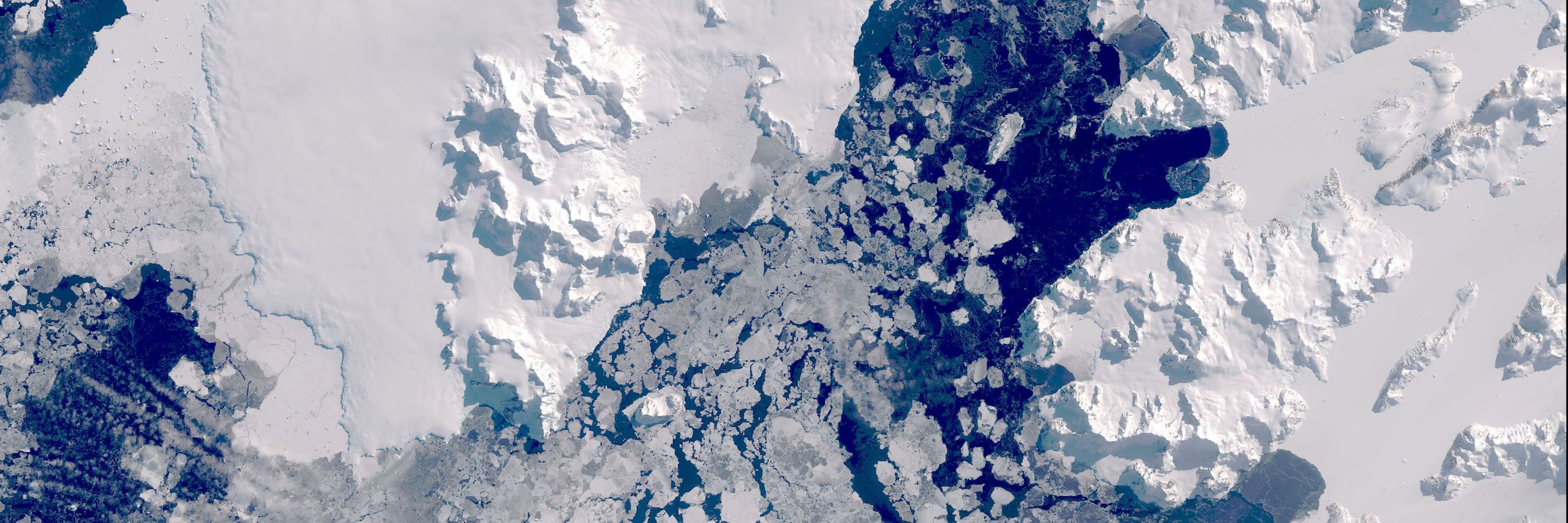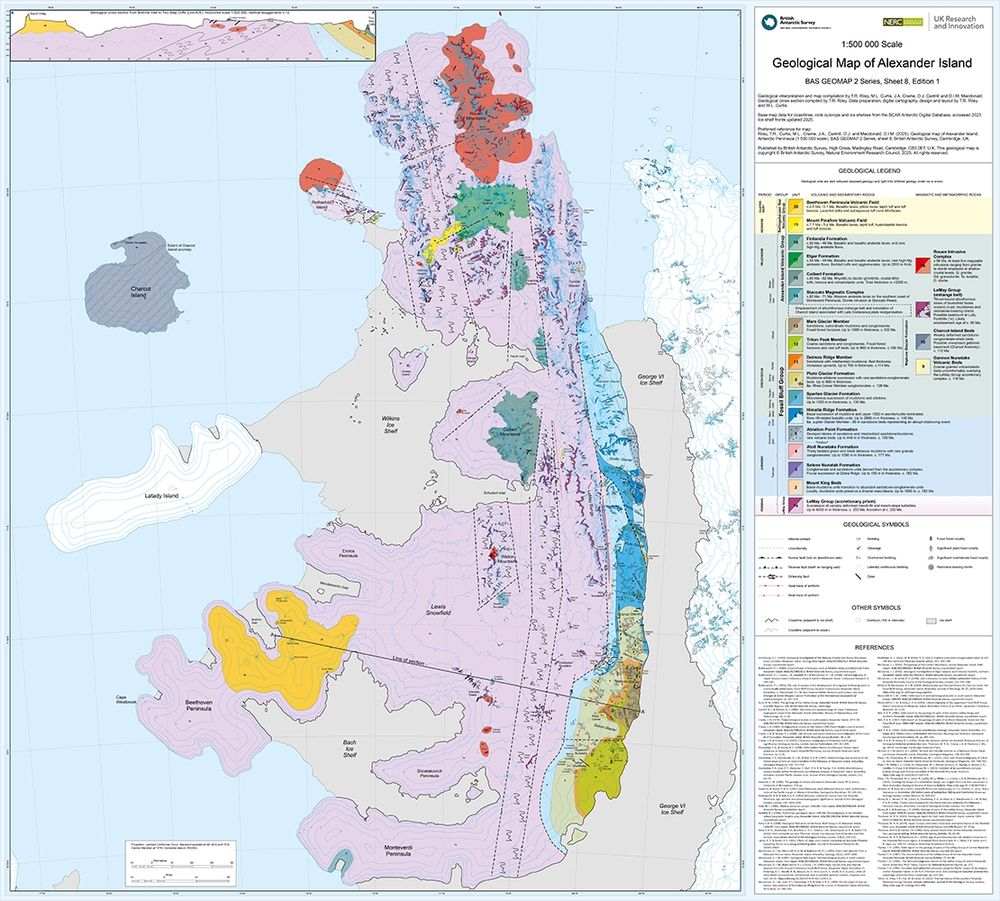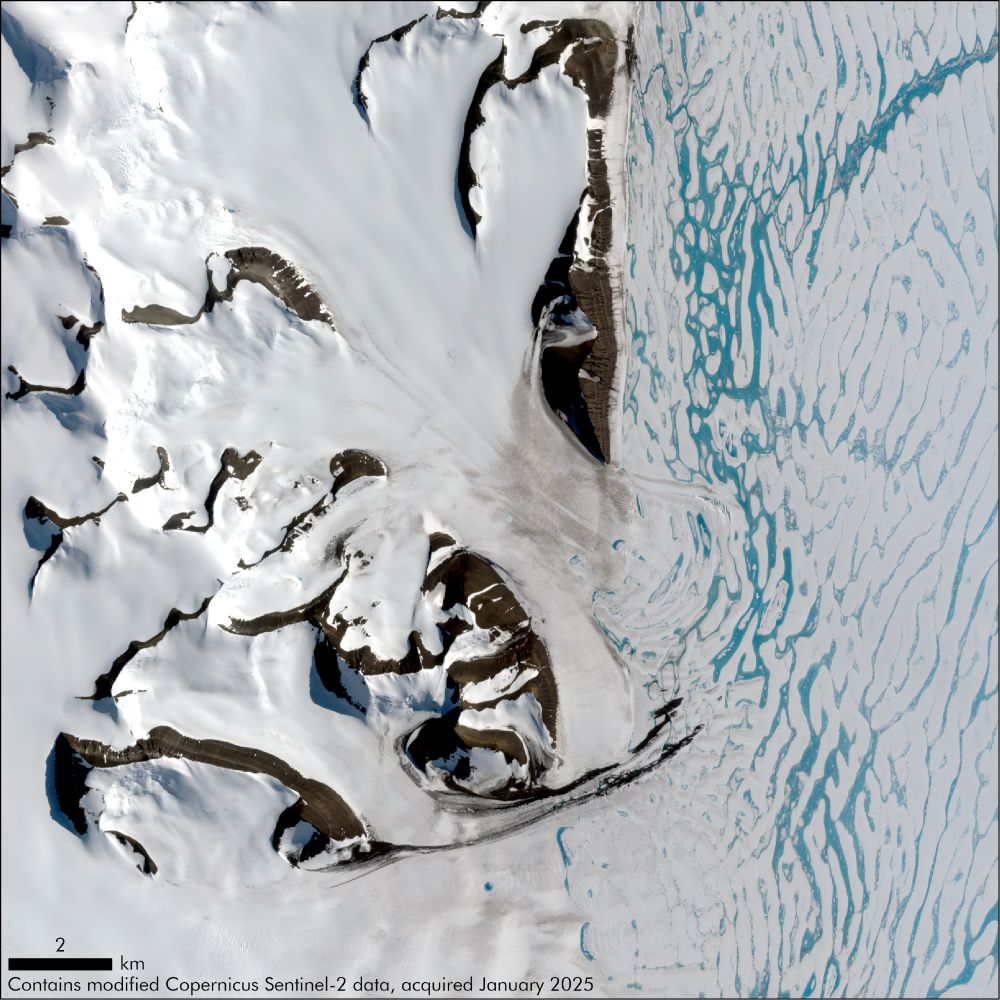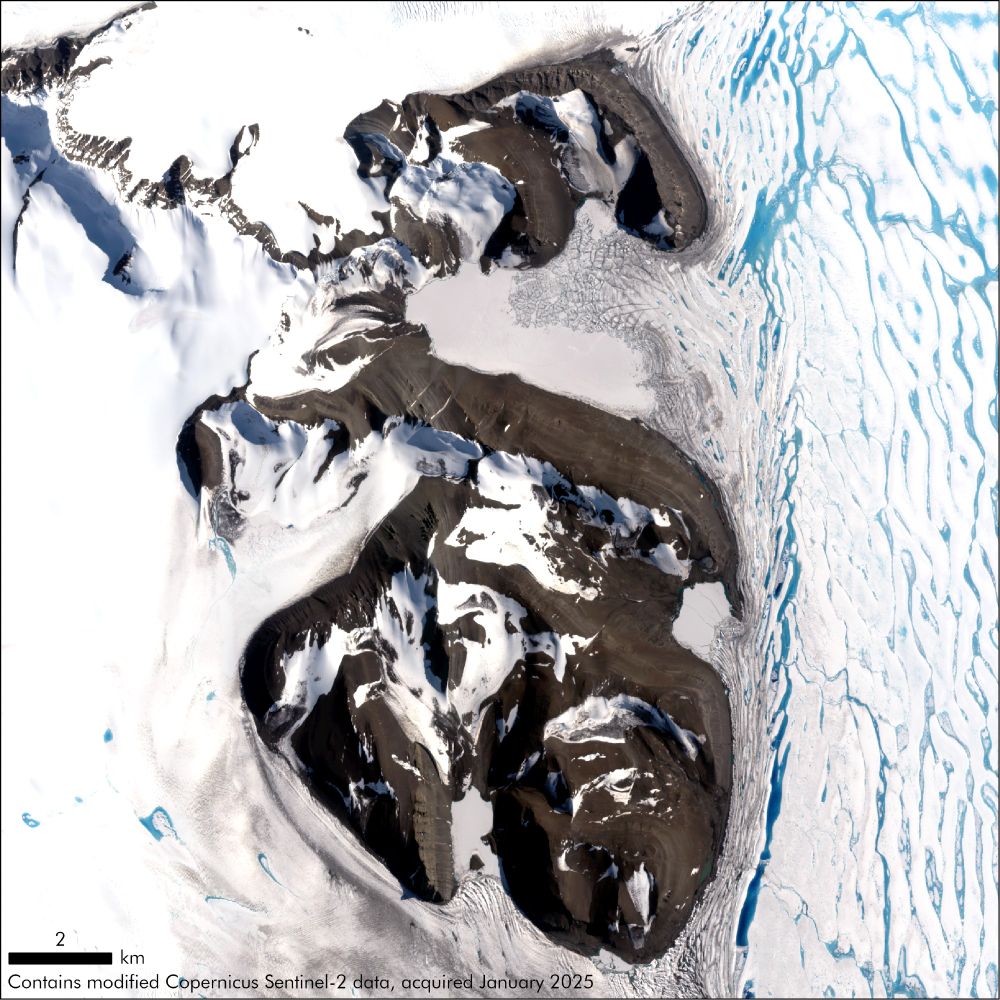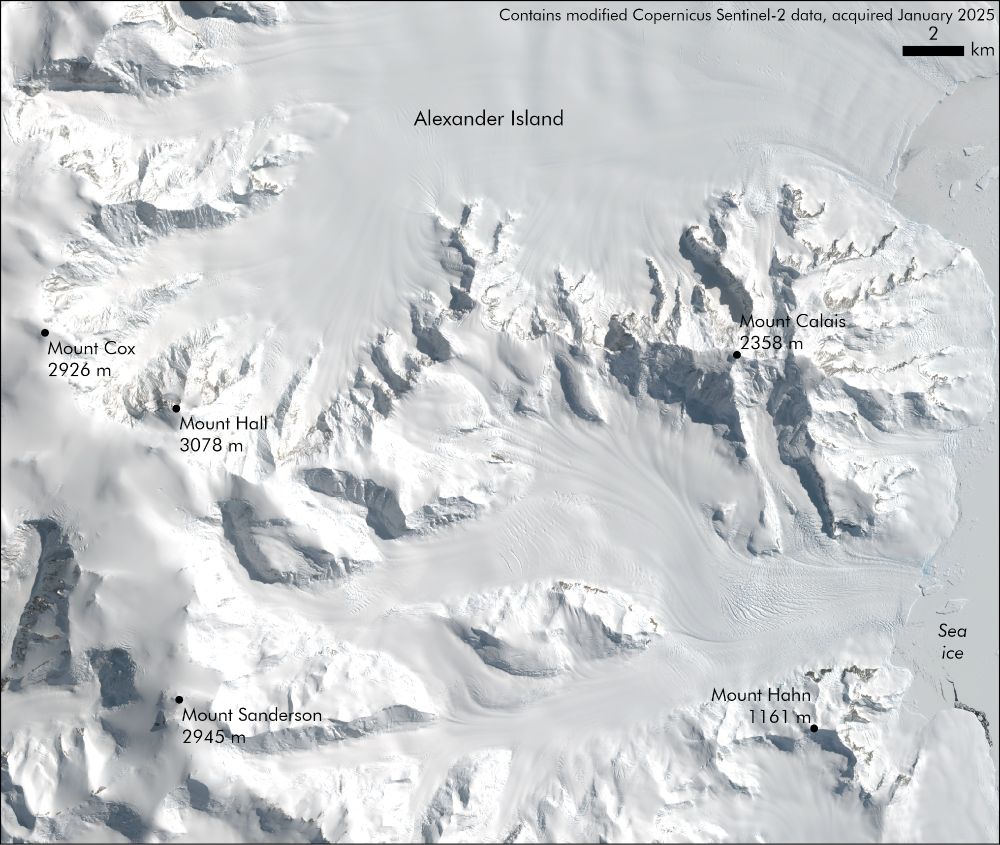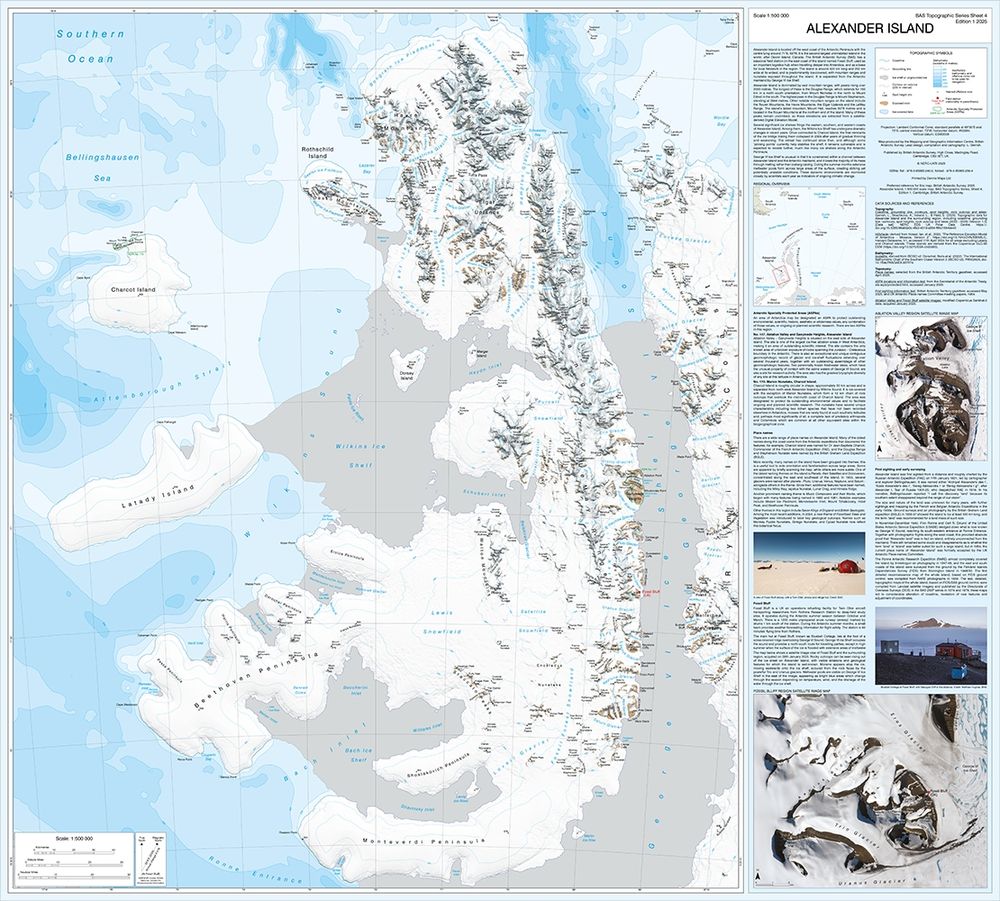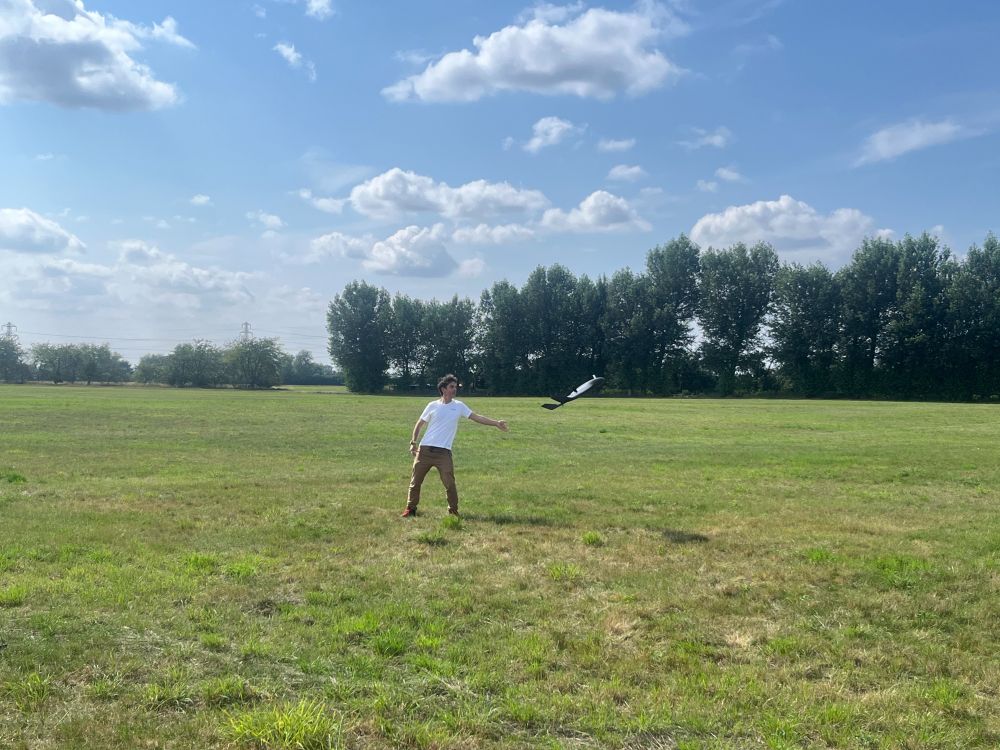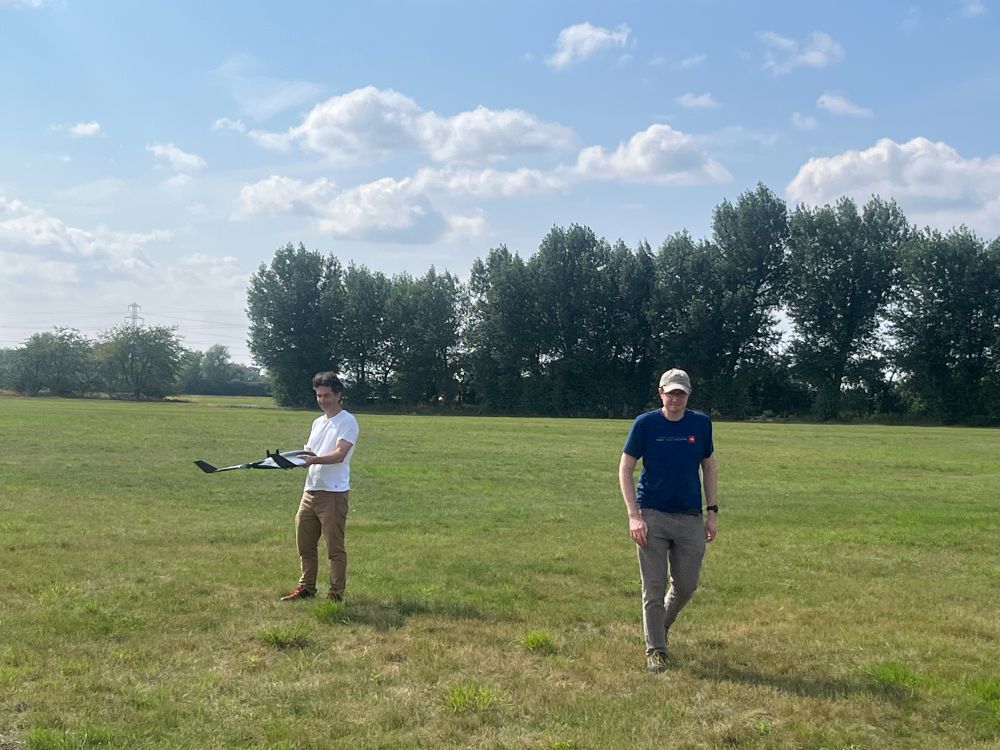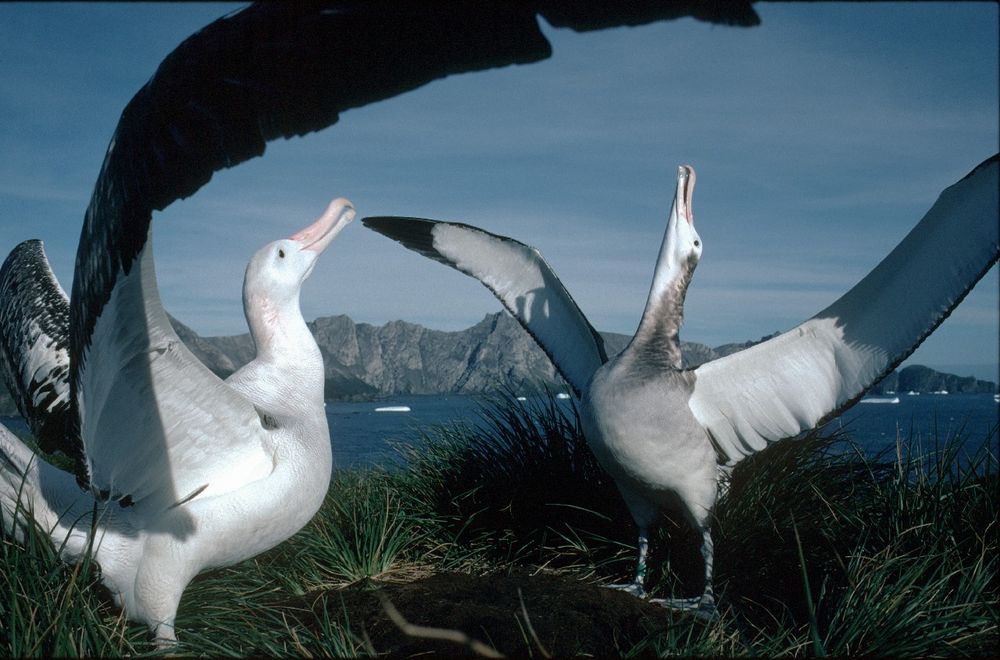Mapping and Geographic Information Centre
@magic.bas.ac.uk
570 followers
24 following
100 posts
The Mapping and Geographic Information Centre (MAGIC) provides geospatial information, expertise, and services to the British Antarctic Survey (@bas.ac.uk) and wider UK activity in the Polar Regions.
Posts
Media
Videos
Starter Packs
Pinned
Reposted by Mapping and Geographic Information Centre
Reposted by Mapping and Geographic Information Centre
Reposted by Mapping and Geographic Information Centre
